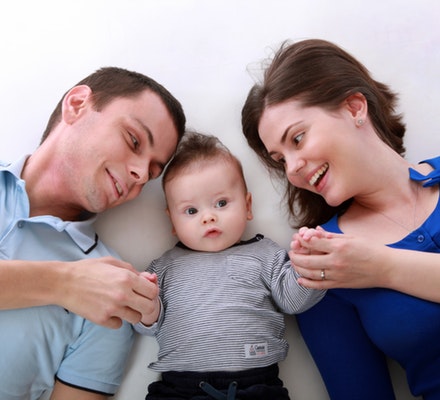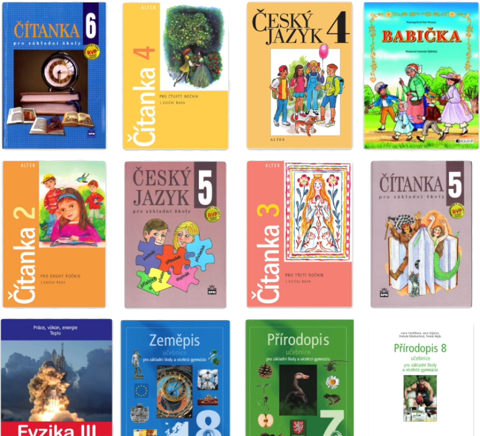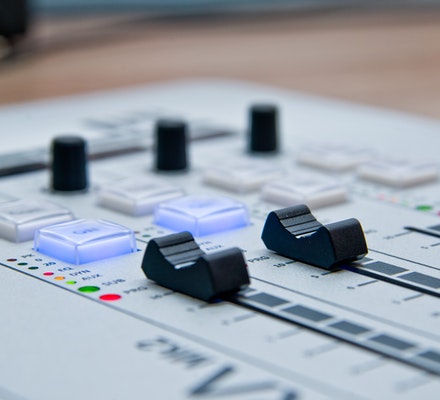Healthy - example

For a healthy customer a product might look like you think it does. But even healthy customers are often affected by situational disability.
Low vision - example

3.6% of customers suffer from vision problems even despite wearing the correct glasses.
Blindness - example

0.6% of customers are blind and experience products in a completely different way which can be either good or bad.
Motor difficulties - example

2.5% of customers have trouble operating websites or products due to motor difficulties with their hands.
Colour blindness - example

5% of customers experience the effects of various types of colour blindness.









